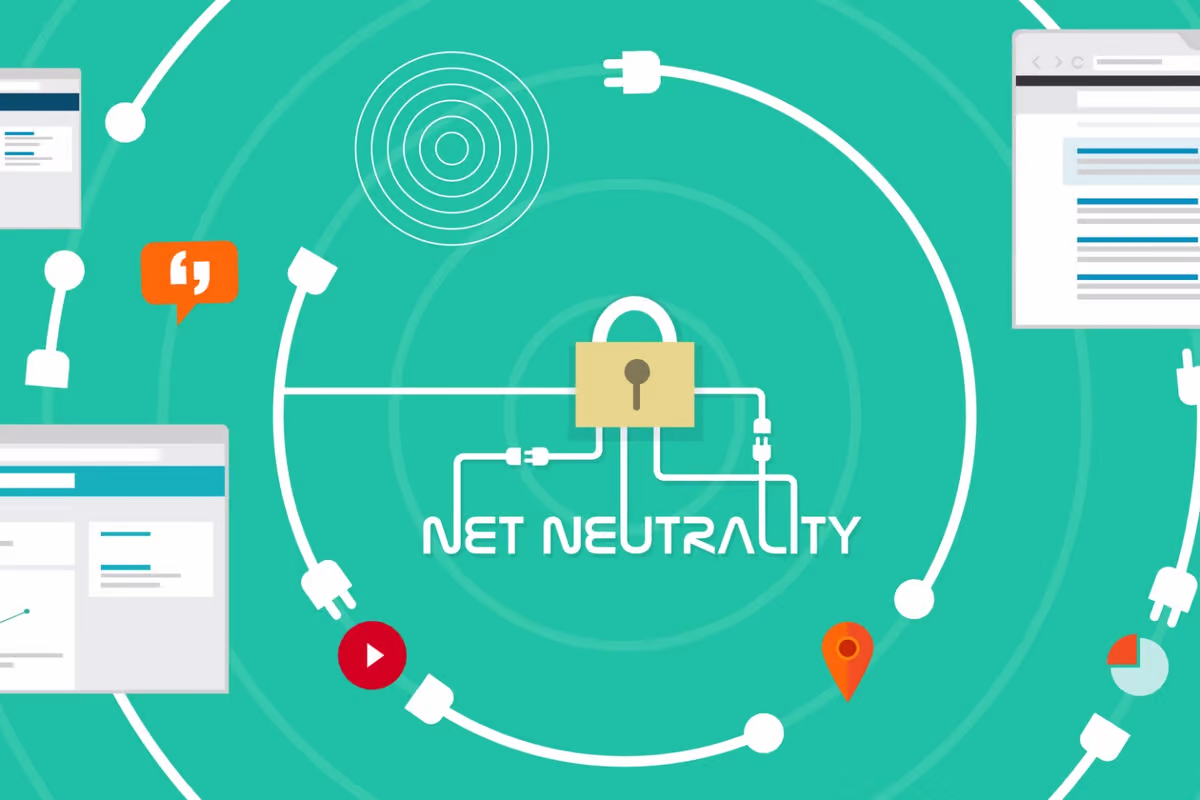The Impact of TikTok on Global Culture

At a time of global instability and bloody conflicts among nations, TikTok gives many teenagers a way to entertain and express their creativity, connect with new contacts and learn about world culture. The app is clearly the right place for youth to blow off steam and experience global culture.
Many viral videos feature a dance challenge, in which creators decide on a choreography and challenge their followers to perform it and upload their own rendition, either on Instagram, YouTube or TikTok. Such videos frequently get millions of views within the space of a few days.
TikTok
Provides a Voice for Gen Z Whether that means hanging out with friends and family, seeking out humour and inspiration, or raising awareness, gen Zers use TikTok so intertwined with their sense of self that it’s barely discernible. The brevity of TikTok – its short 15-second videos – perfectly accommodates their short attention spans, but they still get their entertainment fix along with content relevant to everyday life: from fashion to food trends to memes, TikTok encompasses content that reflects what’s on their minds. Furthermore, the platform itself brings gen Zers together as a community, by encouraging them to get onboard with trends, be it new music or songs, or dance challenges, and uniting them in leaps and shimmies. TikTok serves as a smart avenue for brands to point on the idiosyncratic values they hold, and play up its spirit of community. Light, emojified campaigns accompanied by peppy tunes generally do well, too, as Gen Z is more responsive to fun and upbeat messages sharing feelgood sentiments – which also strengthen the Gen Z sense of community, too! And if in doubt, differentiating brands that reject formulaic marketing messages and stand out for the values they embrace are likely to strike a chord. After all, digital natives generally react positively to innovative and different marketing solutions that they feel provide authentic information and pique their interest.
It Encourages Creativity
TikTok invites creative expression by providing users with a range of effects, filters, and texts so that anyone can edit a video and make the statement. Short TikTok videos that focus on art and culture are among the most viewed in the world this year, and the hashtags #ArtOnTikTok and #Museum are trending more and more every month around the world. Meanwhile, comedians can take advantage of TikTok’s innovative features to create funny parodies of political figures such as US President Donald Trump. Not everything posted to TikTok is suitable for kids; although memes are common, some videos contain line crossers; and, although most teens believe they have a great deal of control over their TikTok experience, they are less likely to encounter offensive content or questionable videos on TikTok than on other platforms; and, although most teens are aware of some safety tools and which ads are banned on the platform, fewer are aware of others. When it comes to advertising, the situation is remarkably clear cut. By a margin of 5:1, parents were strongly in favour of either restrictions on the type of advertising their kids see (10 per cent more said so) or (8 per cent more) stopping advertising altogether. And when asked whether it matters whether they are aware of restrictions on the ads they see, parents were strongly in support of having companies being transparent about this; 96 per cent agreed.
It Creates a Safe Space
Yes, it gets bad press in the media – but it was still a place where teens could meet and support each other, where a focus on body positivity could promote self-love, and where a ‘no hate speech’ policy could prevent toxic challenges to other users. It also gives smaller unknown musicians and singers the chance to be discovered, as they share their music through videos that have gone viral. TikTok is also now used as a learning platform, as various creators have been sharing their information about the science aspect of life as well as certain life hacks. But on the other hand (if you will), a healthy dose of social media is an important dimension of young people’s lives. Yet, many young people experience mental health issues if they are glued to Snapchat every waking hour; the app’s algorithm makes it easy to do just that. On top of that, Snapchat might negatively affect schoolwork and sleep schedules. Moreover, rather innocuous-looking pics can draw children in countries that do not have data protection bordering on the abusive; indeed this is what gives many parents and legislators wide cause for concern.
It Promotes Diversity
TikTok’s user-created content policy allows users to broadcast their affiliation and pride for things that are culturally meaningful to them, as well as to ‘bridge’ gaps between groups and disseminate ‘marginalised’ communities’ experiences to the mainstream, making these communities more visible. It has also given these individuals a proximal sense of belonging. For example, those with disabilities can share videos about what their life is really like – their talents and lives as opposed to the ableist stereotypes of disability – while women with conflicts about body image can upload videos about loving themselves and their body the way it is, inspiring other women to do the same and expanding the parameters of what beauty can be so that those watching it become more accepting. TikTok can do good, and it can also be good for brands. It certainly makes wise business sense to create an account, maintain a presence and authentically engage with communities on the platforms. However, there are risks. Without adequately trained moderation teams, beware of getting cultural appropriations wrong in the pursuit of diversity and inclusion initiatives. And be careful that all kinds of content are curated safely for consumption – and that all community guidelines are followed.








